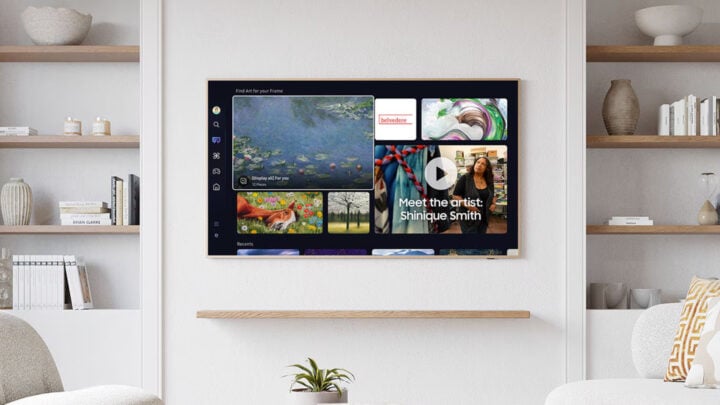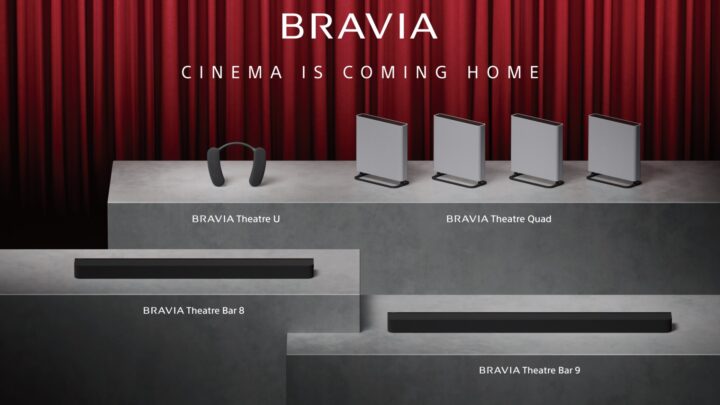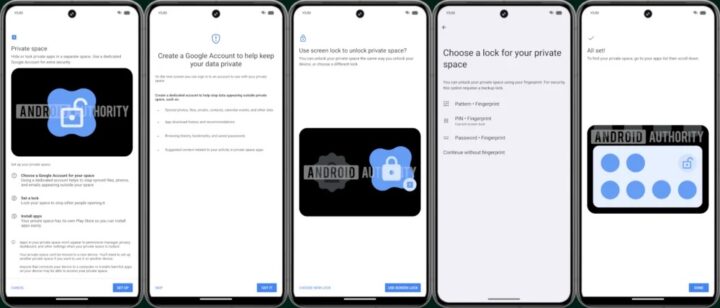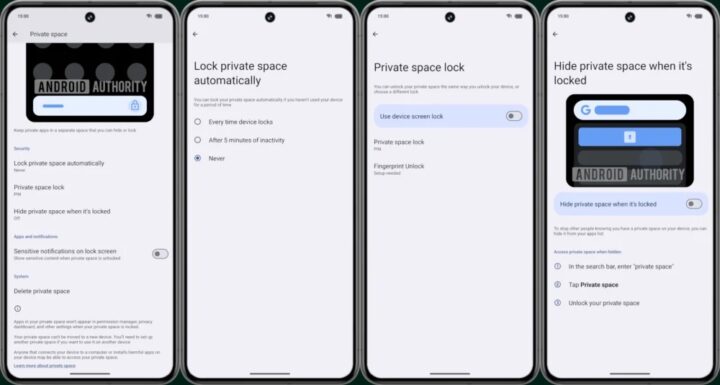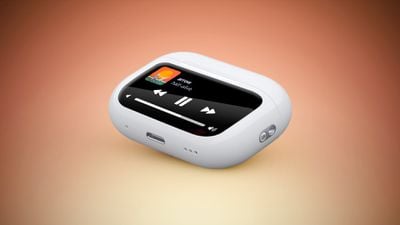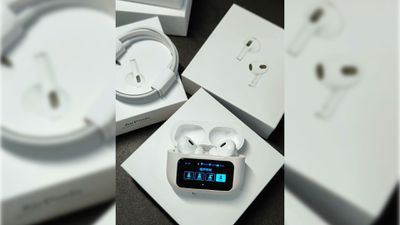[ad_1]
Last updated: May 6th, 2024 at 08:50 UTC+02:00
Chinese firm Hisense seems to have heavily copied the idea from Samsung’s The Frame TV for its new CanvasTV. Hisense announced its new CanvasTV lineup, which aims to be the central point of attraction in your living room by displaying art pieces through its matte screen.
Hisense CanvasTV copies heavily from Samsung’s The Frame TV
The CanvasTV from Hisense uses a 4K QLED screen with a 144Hz variable refresh rate. Its matte finish can trick you into believing that it isn’t a TV at all—it may look like a real piece of art or painting. The screen’s brightness and color temperature can be adjusted to match the ambiance. A motion sensor turns the TV off automatically when no one is in the room. It even features Art Mode, which brings a curated collection of art pieces that you can display on your TV when you’re not actively using it.
Hisense is also targeting gamers with its new TV, and has equipped CanvasTV with ALLM and VRR. It has a 2.0.2-channel speaker setup for Dolby Atmos audio. It comes with a teak frame, but it can be replaced with optional white and walnut frames that can be slid onto the TV’s body. Those frames are firmly secured using the magnetic mechanism. It even comes with the UltraSlim Wall Mount that helps the TV sit flush with the wall. All of this sounds exactly like Samsung’s The Frame TV, which was first launched in 2017.
The new TV from Hisense runs Google TV, though, which means it features built-in Chromecast and access to more apps. Samsung’s The Frame TV runs Tizen OS. The TV will be available in 55-inch and 65-inch sizes and has a starting price of $999. This undercuts Samsung’s The Frame TV by $100 (current price on Amazon).
It will be available in the US in late summer this year. So, if you want the Frame TV but wanted it to run Google TV, Hisense’s CanvasTV could be your option.
[ad_2]
Source Article Link


